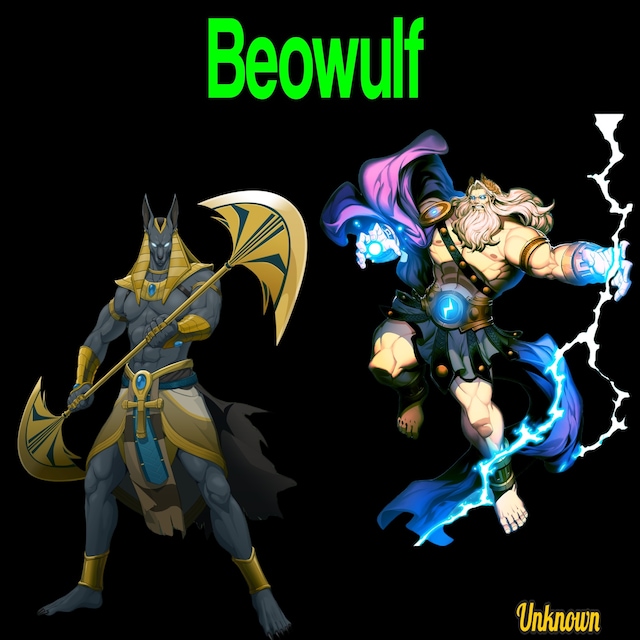Beowulf
Tietoa kirjasta
Beowulf by Unknown Audiobook is an Old English epic poem in the tradition of Germanic heroic legend consisting of 3,182 alliterative lines. It is one of the most important and most often translated works of Old English literature. The date of composition is a matter of contention among scholars; the only certain dating is for the manuscript, which was produced between 975 and 1025
Summary:
The protagonist Beowulf, a hero of the Geats, comes to the aid of Hrothgar, king of the Danes, whose great hall, Heorot, is plagued by the monster Grendel. Beowulf kills Grendel with his bare hands, then kills Grendel's mother with a giant's sword that he found in her lair.
Later in his life, Beowulf becomes king of the Geats, and finds his realm terrorized by a dragon, some of whose treasure had been stolen from his hoard in a burial mound. He attacks the dragon with the help of his thegns or servants, but they do not succeed. Beowulf decides to follow the dragon to its lair at Earnanæs, but only his young Swedish relative Wiglaf, whose name means "remnant of valour",[a] dares to join him. Beowulf finally slays the dragon, but is mortally wounded in the struggle. He is cremated and a burial mound by the sea is erected in his honour.
Beowulf is considered an epic poem in that the main character is a hero who travels great distances to prove his strength at impossible odds against supernatural demons and beasts. The poem begins in medias res or simply, "in the middle of things", a characteristic of the epics of antiquity.
Although the poem begins with Beowulf's arrival, Grendel's attacks have been ongoing. An elaborate history of characters and their lineages is spoken of, as well as their interactions with each other, debts owed and repaid, and deeds of valour. The warriors form a brotherhood linked by loyalty to their lord. The poem begins and ends with funerals: at the beginning of the poem for Scyld Scefing and at the end for Beowulf.
The poem is tightly structured. E. Carrigan shows the symmetry of its design in a model of its major components, with for instance the account of the killing of Grendel matching that of the killing of the dragon, the glory of the Danes matching the accounts of the Danish and Geatish courts.
 Unknown
Unknown 2h 58min
2h 58minBeowulf ja yli miljoona muuta kirjaa
alkaen 8,99 €/kk
Täytä elämäsi tarinoilla

